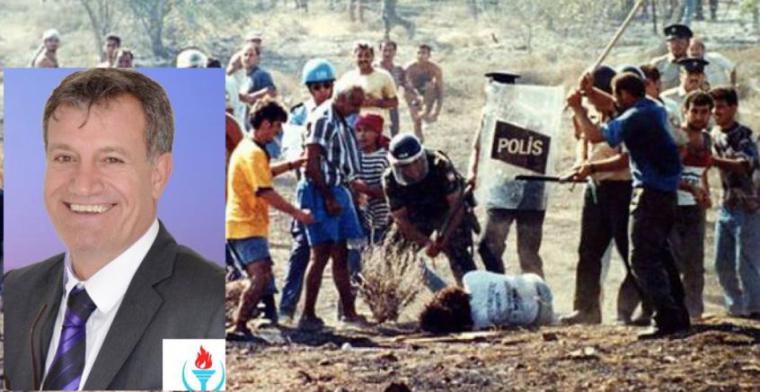Beautiful but deadly. As much as I had enjoyed my adventure to the-only-two-places-in-the-world of rarely seen phenomena, this dramatic journey had put everything in another perspective. The life-and-death struggle caught our attention from the hardship of sulphur miners and porters work here in harsh condition.
The blue fire is the result of a reaction of sulphuric gases emerge from cracks at high pressures and temperatures, ignite as they come in contact with the air, which only visible at midnight until before the dawn.
We set out at 12:30 am by 4WD jeep from our homestay to the base camp of Kawah Ijen, Pos Paltuding (1,850 m). It’s usually takes one hour drive away from Banyuwangi city. An alternative route from Bondowoso takes a bit longer and further.
This expedition costs IDR 800,000 for 5 people include :
1. An experienced guide & a driver for return trip.
2. Respirator gas masks. As protection against the smelly toxic sulphur gas at the mining operation.
3. A quick pre-hike safety briefing.
Things you should prepare and may consider to bring for the hike :
1. Dress warm with two or three layers of clothes or whatever makes you comfortable with because it’s getting colder and windy throughout the hike.
2. Torches or headlamps. To cut through the darkness and allowing you to pick the safest path.
3. Gloves. Our hands usually the quickest to get cold. It’s also to protect your hands from holding on sharp rocks.
4. Trekking pole/sticks . Using a pole will improve your endurance and very helpful to keep balance when walking uphill.
5. Disposable cloth face mask.
6. Pack light and most importantly bring enough bottled water with you. Although you are walking in the cold condition, adequate hydration should always be priority.
The entrance fee/permit for Ijen must be paid at the ticketing office located in Pos Paltulding. Price per person (foreign visitor) – IDR 100,000 on weekdays / IDR 150,000 on weekends.
The trails are physically demanding and quite challenging. For a few times I slipped back due to the loose ground and gravel. Along the way, you may get out of breath and dehydrated. We took about one and a half hours at a slow but steady pace within approximately 3 km of constant uphill. No toilet facility provides except at the base camp area. You will be advised to use it before the trek begins.
The locals do offer a way up for those who unfit or exhausted during the part of ascending via ‘taksi gunung’ (trolley taxi) which practically used to transport sulphuric loads/goods. It was an eye-opening moment when we saw 2-3 workers were working hard to push and pull the trolley of one person up through the steep slope of different elevation. Please do not bargain the price offered by them if you decide to take the ride, or else don’t be lazy to walk!





